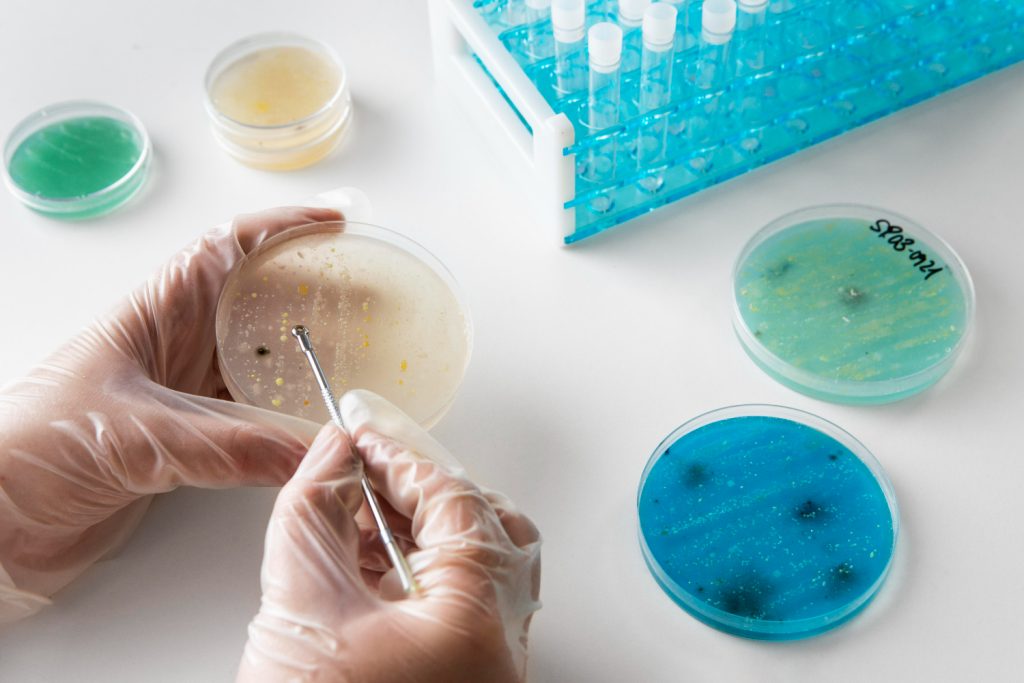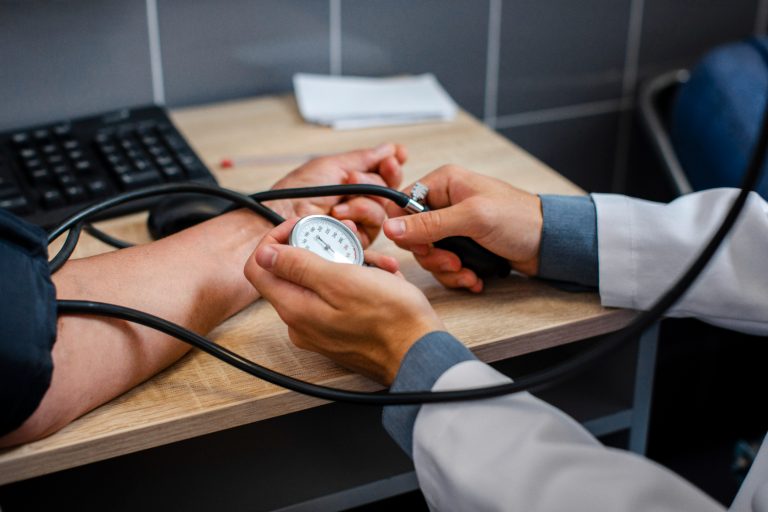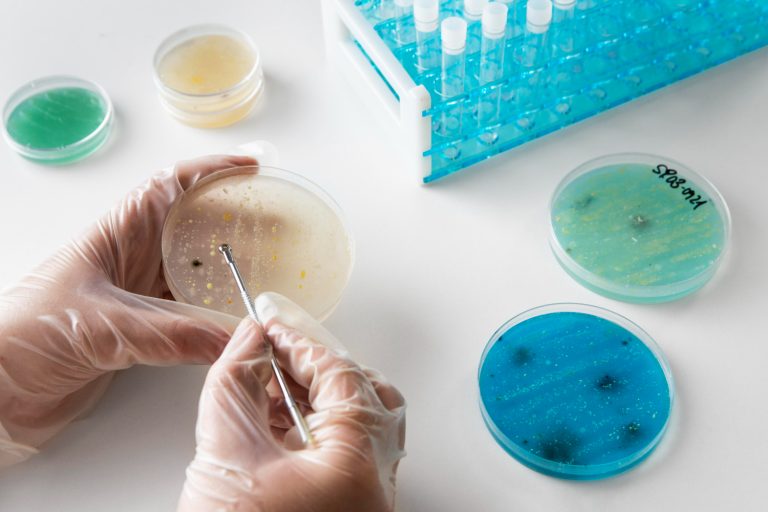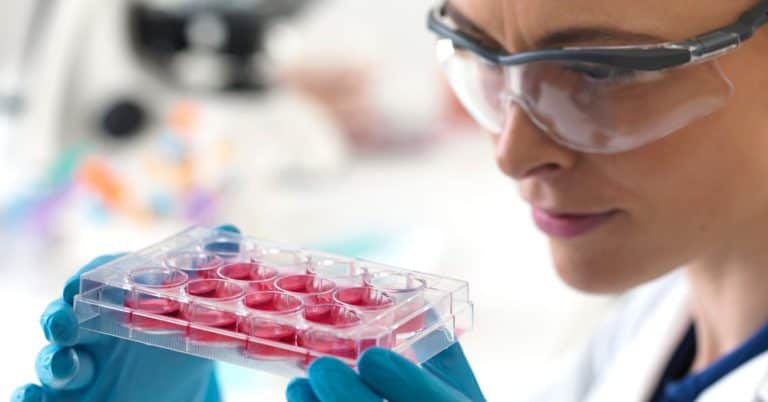Intestinal microflora, along with other microorganisms, plays a crucial role in the human body. Scientists estimate that there are more than 100 trillion microorganisms, represented by bacteria, fungi, viruses, and protozoa, living inside and outside the human body. They form colonies in areas such as the skin, respiratory system, eyes, oral cavity, urogenital and gastrointestinal tract. In each of these areas, microorganisms are organized into communities called the microbiota or microflora of that area. The composition of the microbiota is individualized, almost like fingerprints. It is determined by genetic predisposition and microorganisms acquired in childhood from the mother and the environment, and can change during life under the influence of external and internal factors.
For a long time, mankind treated bacteria only as causative agents of dangerous diseases, but over time came to understand that the bacteria permanently residing in the human body, particularly the intestinal microflora, not only do not cause harm, but can be useful to man. The study of microflora and its links to various diseases is still ongoing and is one of the most popular topics of scientific research today.
Why do we need intestinal microflora?
The largest and best-studied community of microorganisms is found in the gastrointestinal tract (60-80%), and in particular in the intestine with a predominance in the colon. The mutually beneficial relationship between the human body and the intestinal microflora has been formed over several thousand years under the influence of changes in the environment and dietary intake. It is the state of the gut microbiota that most prominently affects the quality and length of human life.

Microorganisms living in the intestine of a healthy person form a normal microflora and are in a state of equilibrium with the host organism and each other. This ensures that the microbiota performs all its functions to the best of its ability.
What functions does the intestinal microflora perform?
- Supports the immune system and protects against pathogens.
- Promotes nutrient absorption by breaking down and processing fiber.
- Participates in the metabolism of fats, carbohydrates and bile acids, affects the sensitivity of cells to insulin, sugar levels and appetite.
- Synthesizes essential vitamins K, B1, B12 and essential amino acids.
- Helps maintain the vitality of intestinal mucosal cells.
- Regulates intestinal peristalsis and the activity of its enzymes.
- Neutralizes toxins: harmful foreign substances and metabolic products.
- Ensures optimal permeability of the intestinal wall and reduces inflammation in the body.
During human life in the intestinal microflora under the influence of various factors can occur shifts that in some cases lead to the development of functional disorders and chronic diseases.
Scientific studies have confirmed the connection between the state of intestinal microflora and the development of such chronic diseases as atherosclerosis, cardiovascular disease, obesity, diabetes, inflammatory bowel disease, liver disease, malignant neoplasms.
Scientists have also discovered that gut microflora can influence brain function and human behavior.
How to maintain a diverse intestinal microflora
Healthy people tend to have a more diverse gut microflora. Therefore, one important aspect of health is the microbial diversity in the gut.
Tips to help maintain your intestinal microflora:
- Eat a variety of foods and include vegetables and fruits, whole grain foods rich in fiber, fermented milk products in your diet;

- Maintain a healthy weight;
- Normalize nighttime sleep;
- Engage in physical activity;
- Stop smoking and alcohol abuse;
- Do not take antibiotics or other medications that affect the microflora, including prebiotic and probiotic supplements, without a doctor’s prescription.
Dietary intake and especially the presence or absence of sufficient undigestible dietary fiber has a significant impact on the composition of the intestinal microflora. The rule of three P’s can be used to select a suitable diet: the inclusion of foods in the daily diet, containing naturally occurring polyphenols and prebiotics from plant foods and probiotics from naturally fermented dairy and plant foods. The Mediterranean diet corresponds to such a diet.
List of foods rich in probiotics:
- Natural yogurt with active live culture with no added sugar. Not all Yogurts contain live probiotics, the composition of the product is indicated on the label;
- Other fermented dairy products – kefir, simple sour milk, acidophilus, bifruit;
- Unpasteurized sauerkraut;
- Fermented soy products (tempeh, miso paste; natto);
- Kimchi, a Korean cuisine dish made from sauerkraut;
- Certain types of cheese (mozzarella, gouda, cheddar).
Types of prebiotics and the foods that contain them:
- Oligosaccharides – carbohydrates composed of simple sugars, found in dairy products, fresh fruits and vegetables;
- Polysaccharides – complex carbohydrates, found mainly in tubers and root vegetables, many fruits vegetables, cereals and legumes.
Modern concepts of intestinal dysbiosis (dysbacteriosis)
Dysbiosis (dysbacteriosis) is a pathological condition in which the qualitative and quantitative composition of the intestinal microflora is disturbed compared to the normal. For the large intestine, this term means a decrease in the number of beneficial microorganisms and an increase in the number of representatives of pathogenic flora. For the small intestine, in which in a healthy state the number of microorganisms is minimal, dysbiosis, on the contrary, is associated with an increase in the number of microorganisms.
Causes of dysbacteriosis (dysbiosis) of the intestinal microflora in the colon:
- unbalanced diet and insufficient;
- fiber intake;
- water quality;

- alcohol abuse and smoking;
- antibiotic therapy and occupational
- contact with antibiotics;
- long-term use of other medications;
- any acute and chronic infections;
- developmental anomalies, surgeries and their complications;
- primary and secondary immunodeficiencies;
- chronic gastrointestinal diseases and endocrine
- disorders;
- radiation;
- advanced age.
At the initial stage, colonic dysbacteriosis has no noticeable symptoms and is reflected only in the laboratory examination of fecal samples. At a more advanced stage, noticeable manifestations appear.
Conclusion
A healthy intestinal microflora plays a key role in maintaining the overall health of the body. It helps to normalize metabolism, strengthen the immune system, and protect against pathogens. An imbalance in the microbiota can lead to the development of various diseases including obesity, diabetes, cardiovascular disease and inflammatory bowel disease. Maintaining diversity and balance of microflora is possible through proper diet, physical activity, avoidance of bad habits and careful use of medications. Regular consumption of foods rich in probiotics and prebiotics, as well as following a healthy lifestyle, helps to maintain the microbiota in an optimal state, which in turn helps to improve the quality of life and prevent many diseases.





